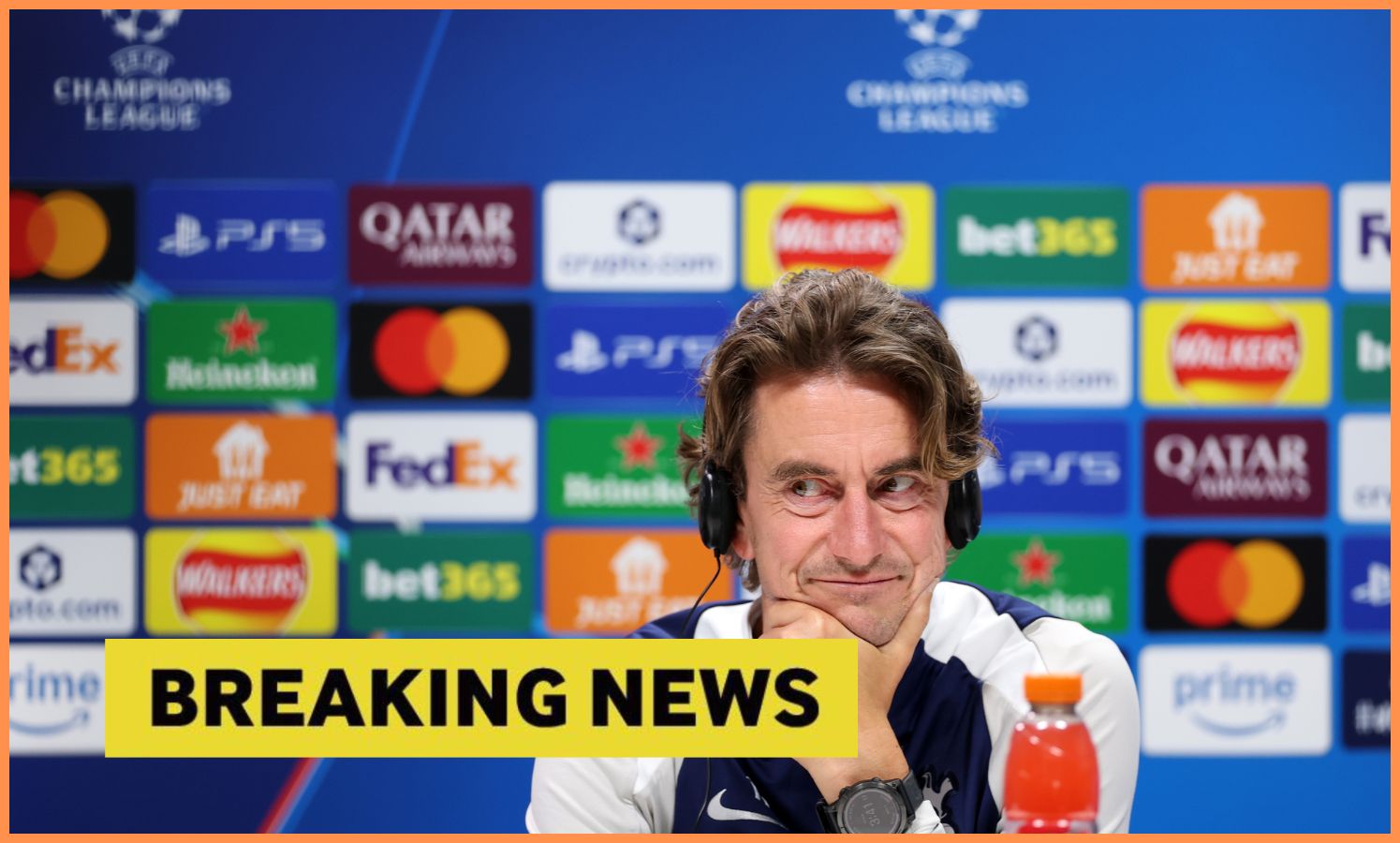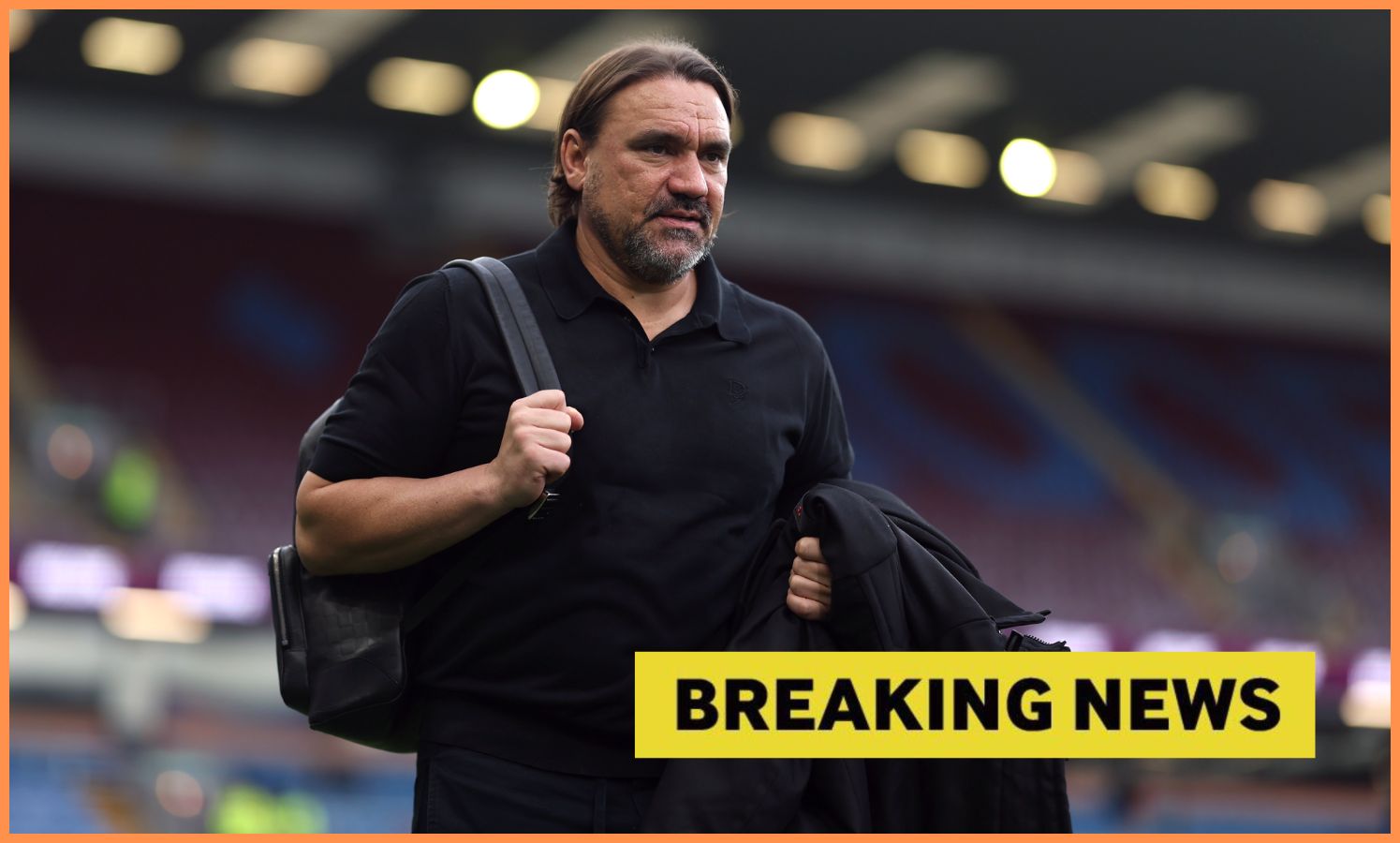Chelsea have now formulated a plan for Mykhailo Mudryk to get his career back on track.
The Ukrainian International is nearing the end of his suspension. He played for Chelsea in November 2024, after which he was suspended for doping.
Chelsea plan for Mykhailo Mudryk
There have been rumours of a potential retirement as well as contract termination for the player, but it seems that Chelsea are looking to help him get back on track. According to a report from Fichajes, Chelsea are prepared to send him out on loan to Strasbourg so that he can play at a high level and regain his form and confidence.
The Blues paid €100 million for the player, and they are not willing to abandon their investment just yet. The player is still only 24, and it will be interesting to see if he can regain his form and confidence. He will look to bounce back strongly from the controversy and get his career back on track.
Mudryk needs a fresh start

It remains to be seen whether he can establish himself as a quality performer at the highest level. The move to Strasbourg could be ideal for him. He is unlikely to get regular opportunities at Chelsea, and sitting on the bench at the London club will not benefit him.
If he manages to impress in France, he might get opportunities at Chelsea in future, or the Blues could look to sell him for a reasonable amount of money.
The Chelsea player is now on the cusp of a new beginning, and it will be interesting to see if he can make the most of the opportunity and resurrect his career. He was regarded as one of the finest young talents in European football when he joined Chelsea, and he will look to fulfil his potential in the near future.













